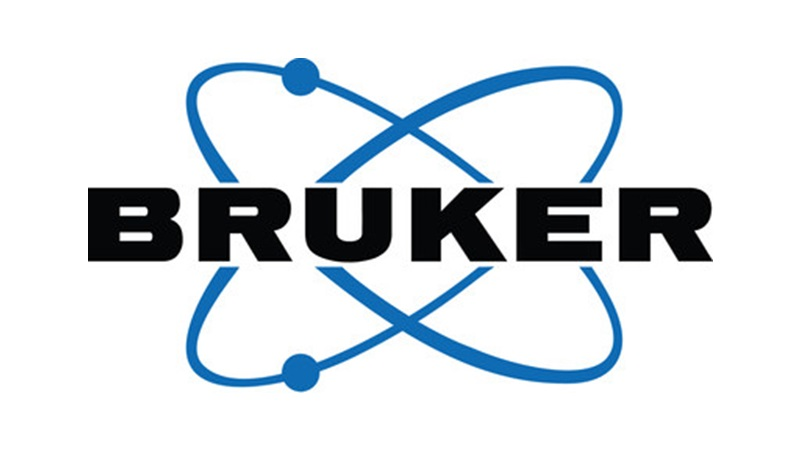|
14th Annual Symposium Physics of Cancer Leipzig, Germany Oct. 4 - 6, 2023 |
PoC - Physics of Cancer - Annual Symposium | ||||||||||||||||||||||||||||||||||||||||||||||||||||||||||||||||||||||||
|
|
Poster
Viscoelastic properties of colorectal liver metastases reflect the tumor cell viability
Contact:
Introduction: Colorectal cancer is the third most common cancer in men and the second most common in women in Germany (1). At the initial diagnosis, almost one quarter of the patients already have liver metastases (CRLM) and up to 50% of the patients will develop metastases within five years (2, 3). The standard therapy for primarily not resectable CRLM is the combination of neoadjuvant systemic chemotherapy followed by surgical resection, resulting in a 5-year overall survival of only 35-40% (4, 5). In order to improve and personalize therapeutic strategies, new diagnostic tools are urgently needed.
The current state-of-the-art imaging modality to evaluate the course of the disease and the response to systemic chemotherapy in CRLM is magnetic resonance imaging (MRI) (4). However, a recent study has shown that approximately 44% of the patients with CRLM show a discrepancy between radiological and pathological response. The combination of radiological response and pathological non-response of CRLM was associated with a significantly reduced overall survival (6), showing that the current imaging tools are not as precise to predict the outcome of the patients as the direct histological evaluation. A diagnostic improvement could be achieved by considering biomechanical tumor properties with the implementation of magnetic resonance elastography (MRE). MRE is an imaging technique that combines MRI with mechanical vibrations to generate an imaging contrast of viscoelastic tissue properties. In a preliminary study, it has been shown via in-vivo MRE that the stiffness of CRLM increases with time after locoregional therapy (7). The results indicate that with tumor regression, the stiffness of CRLM increases. Our main hypothesis is that high-resolution multifrequency MRE combined with histological evaluation of CRLM could provide the knowledge for using tissue mechanical properties as a diagnostic marker for cell viability in tumors. Methods: We examined 35 CRLM samples (30 with neoadjuvant chemotherapy, 5 without) from patients who had undergone liver resection at the Department of Surgery. The samples were obtained directly after the resection and stored at 4℃ until measurement. The samples were cut into pieces with a diameter of 7 mm and investigated in an ex vivo tabletop 0.5 Tesla MRE-device (Pure Devices; Würzburg, Germany) and had a set diameter of 7mm (8). We measured at a temperature of 26℃ and used a frequency range from 500 Hz to 5300 Hz, in steps of 400 Hz. From each sample we tried to collect one piece of tissue each for the histological and proteomic analysis afterwards and froze those pieces at -80℃. For the histological analysis, the samples were cut using a Cryostat and stained with an H&E staining for the categorization by a board-certified pathologist. Afterwards, the samples were grouped regarding their grade of regression based on the classification of Rubbia-Brandt (9). For the proteomic analysis, the CRLM samples were lyophilized, homogenized and stored afterwards at -80℃. Results: Three samples were grouped into a score 1 of Rubbia-Brandt (9) and two samples into a score 2, showing major response to the chemotherapy. Six samples showed partial response, meaning a score 3 of Rubbia-Brandt (9). 15 samples were grouped into score 4 of Rubbia-Brandt and 8 samples into score 5 (9), showing no response. The results of the MRE measurements of the different groups were analyzed according to their behavior in relation to the different viscoelastic models (spring-pot [SP], Kelvin-Voigt [KV], fractional Kelvin-Voigt [fKVn, fKVh]). Comparing the two two-parametric models (SP and KV), the SP-model had a better fit. However, comparing all the models listed above, the fKVh-model had the overall best fit to our data over frequency. Analysis of shear wave speed and penetration rate for frequencies higher than 2100 Hz showed a significant correlation with higher regression scores, indicating that low cell viability in CRLM is associated with soft-solid tumor properties. The results of the proteomic analysis and radiological response are still pending. Discussion: Our first results confirm our hypothesis that MRE is sensitive to biomechanical tumor properties associated with cell viability and regression grade in CRLM. Our observation of pronounced soft-viscous properties at higher regression scores may be explained by the fact, that with higher regression scores, the amount of cell viability in the tissue increases and the amount of fibrosis decreases (9). Ongoing proteomic analysis will provide more detailed information about the role of ECM for the measured viscoelastic properties. We are also very curious about the results from the radiology and will compare them with the MRE measurements and the histological analysis. In the future, MRE could improve the diagnostic and therapeutic options for patients with CRLM. With the combination of standard MRI and MRE, we could better predict the response of CRLM to systemic chemotherapy than MRI alone and also define the regression of the tumor before the liver resection and make changes to the systemic chemotherapy to create an individual, tailored therapy plan for each patient. Furthermore, the regression grade could be measured non-invasively, adding valuable information to the pathological analysis.
|









